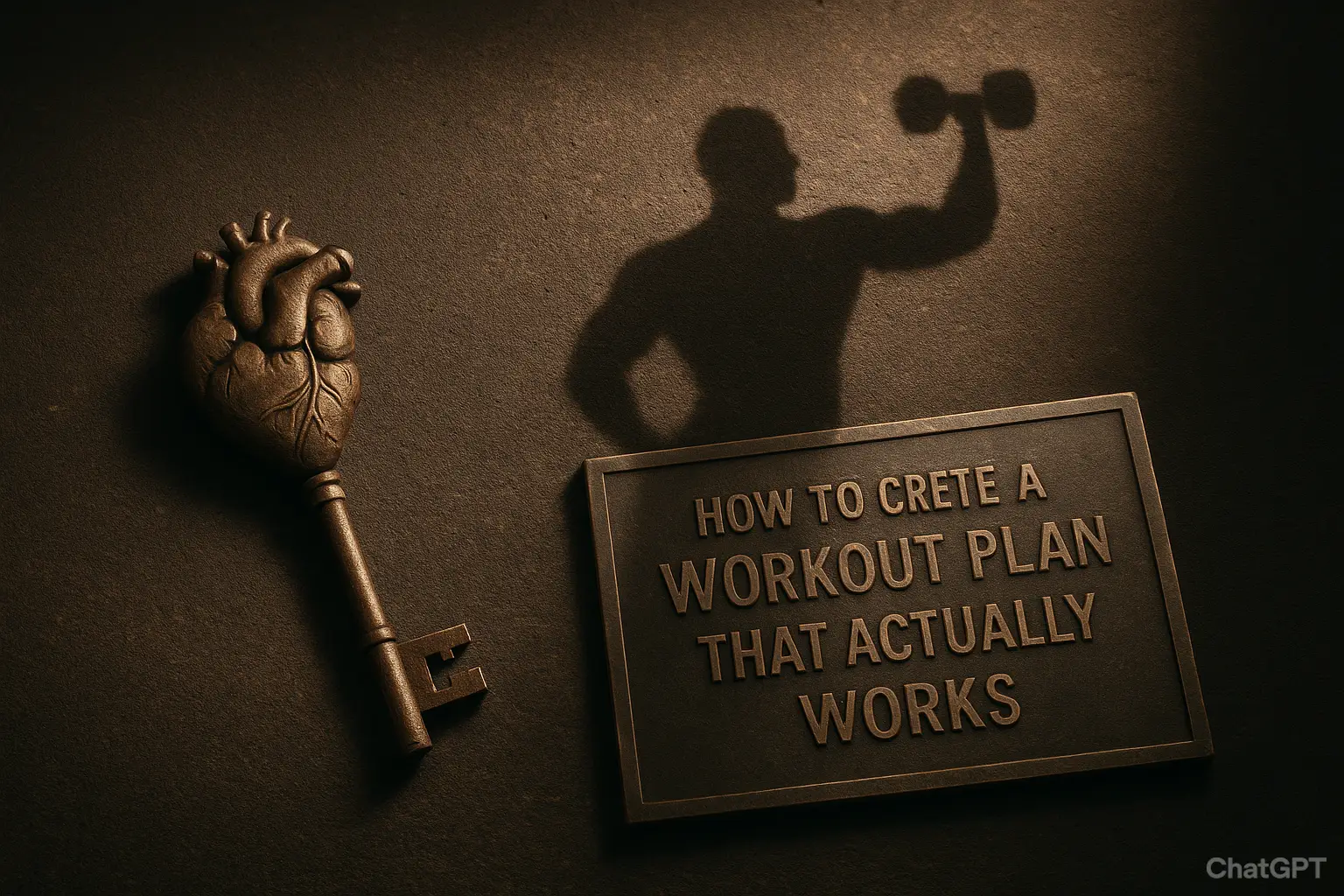
A well-intentioned but poorly designed workout plan is a primary reason for fitness failure. People often jump in without a map, leading to confusion, lack of progress, and eventual quitting. A plan that “actually works” is one that is tailored to you—your goals, your schedule, and your preferences—and is built on the principles of specificity and progression. Let’s build your blueprint for success.
Step 1: Define Your “Why” with a SMART Goal.
Vague goals like “get fit” or “lose weight” are hard to track. Instead, create a SMART goal:
Specific: “I want to lose 10 pounds of fat.”
Measurable: “I want to be able to run a 5K without stopping.”
Achievable: Is your goal realistic for your current fitness level and timeline?
Relevant: Why is this important to *you*?
Time-Bound: “I will achieve this in the next 90 days.”
Your goal dictates everything about your plan. A goal of running a 5K looks very different from a goal of adding 50 pounds to your squat.
Step 2: Choose Your Training Split.
How will you organize your workouts throughout the week? This should fit your schedule and recovery needs.
Full-Body (3 days/week): Ideal for beginners. You work all major muscle groups each session, providing a frequent stimulus for growth and strength.
Upper/Lower Split (4 days/week): A great intermediate split. You train upper body one day, lower body the next, allowing for more volume per muscle group while still training each twice a week.
Push/Pull/Legs (PPL) (3-6 days/week): An advanced split. “Push” days work chest, shoulders, triceps. “Pull” days work back and biceps. “Legs” speaks for itself. This allows for high intensity and volume.
Step 3: Select Your Exercises.
Build your workout around compound movements that work multiple muscle groups at once. These give you the most bang for your buck.
Lower Body: Squats, Deadlifts, Lunges.
Upper Body Push: Push-Ups, Overhead Press, Bench Press.
Upper Body Pull: Rows, Pull-Ups, Lat Pulldowns.
Core: Planks, Leg Raises, Bird-Dogs.
Step 4: Implement Progressive Overload.
Your plan is useless without a built-in method for getting better. As discussed, this is the engine of progress. In your workout log, note your reps, sets, and weight. Each week, the goal is to do a little more. This is non-negotiable for a plan that works.
Step 5: Schedule Deliberate Recovery.
Your plan must include rest days. Mark them on your calendar in pen. Muscles grow when you rest, not when you train. Overtraining is a surefire way to halt progress and cause injury.
Sample Beginner Full-Body Plan (Mon/Wed/Fri):
A1. Goblet Squats: 3 sets of 8-10 reps
A2. Push-Ups: 3 sets of as many reps as possible
B1. Inverted Rows: 3 sets of 8-10 reps
B2. Plank: 3 sets, hold for 30-60 seconds
The beauty of a well-structured plan is that it removes guesswork. You show up, you follow the map, you track your progress, and you get results. It’s that simple.
